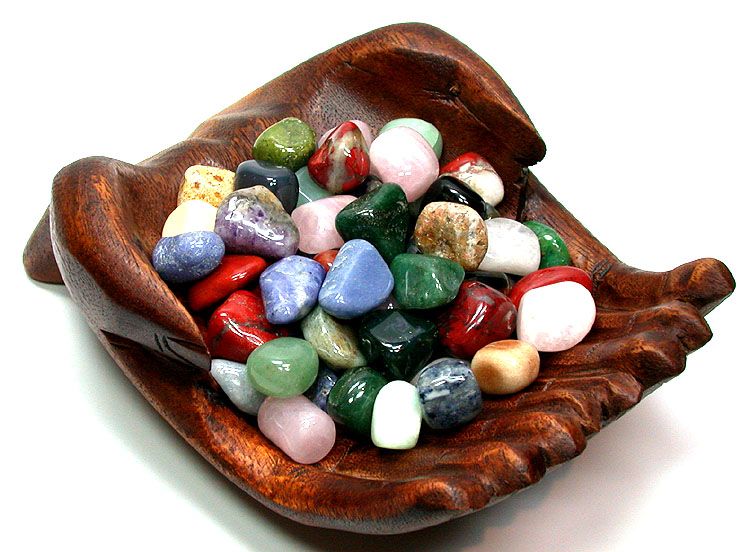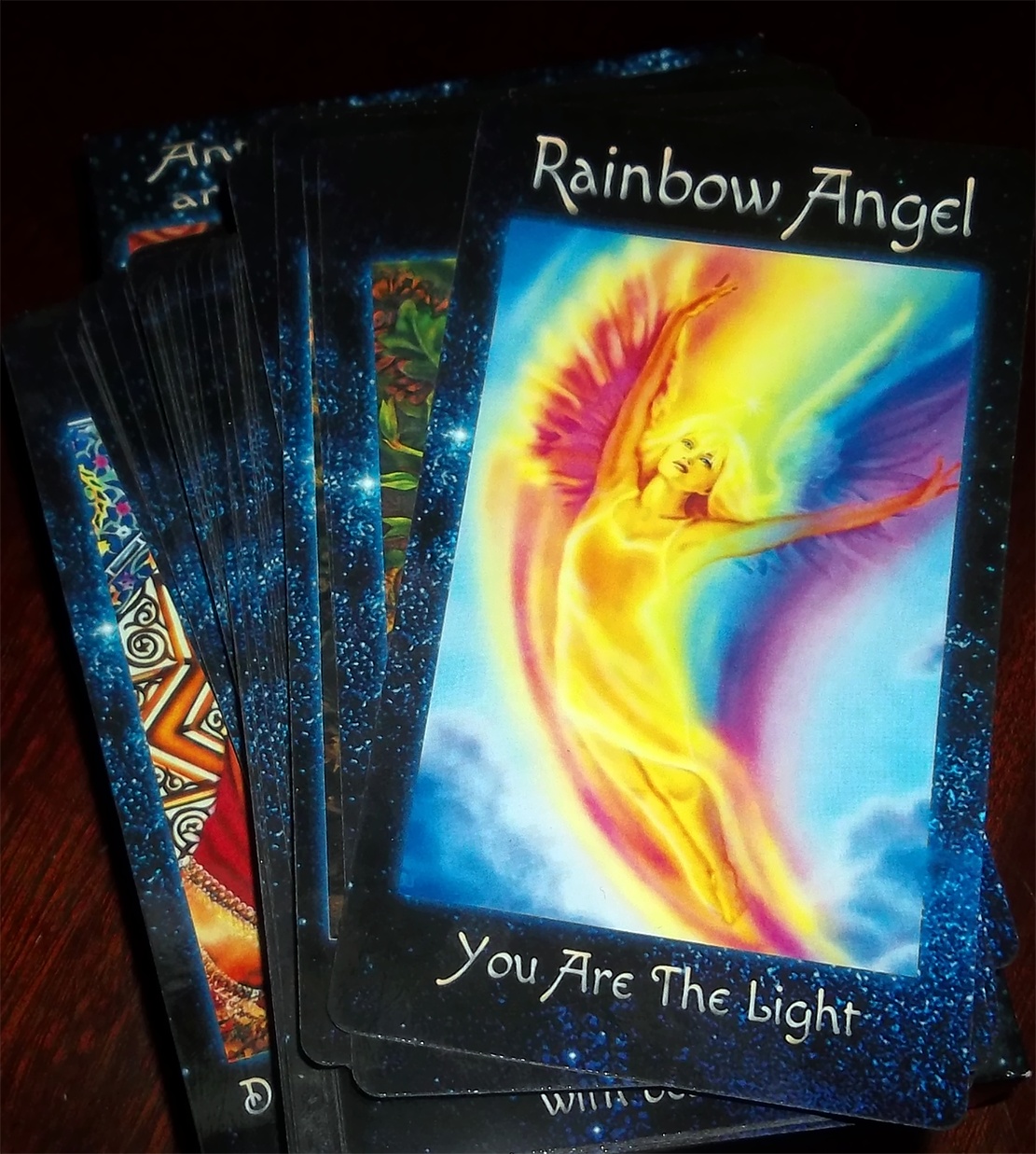Turn Your Garden Into Healthy Organic Food Space
- Details
- Written by Nina Simons

If you know all about organic food, then you can guess that it is usually expensive. But this is optional. It's actually quite easy to grow your own eco-friendly garden at a reasonable cost, even if you have limited space.
Step one: define a goal
Before you dip the scoop into the soil, before you buy a single plant or seed, you must be clear about the goal. Are you planning to create a vegetable garden or herb garden, or maybe you are dreaming of a fragrant area with different flowers? What you want to grow will influence the site you choose for your garden.
No matter what your goals are, it's important to keep them realistic. You may dream of long, perennial borders, but it's better to start with something small and manageable. You can always extend it later. Keep your expansion hopes in mind when planning your site.
Step two: site selection
It's time to analyse your territory. Where would be the best place to place the new garden? With your goals in mind, start surveying the area to determine what is right for your goals and where.
If it is a vegetable garden or herb planting, then you need a site that receives at least six hours of sun a day. You also need to make sure the site has good drainage. If it looks like a swamp in spring and summer, then it is not suitable for growing spices and vegetable plants that prefer well-drained soil.
If it is an ornamental garden, choose a place to place it so that you can enjoy the beauty of the plants from inside the house as well.
Do a soil analysis, find out how to improve it.

Step three: creating the garden
Now that you have selected your lovely site, it's time to create your garden bed. The first step is to choose the size and shape of your new garden. This can be done by spreading the watering hose out on the ground and using it to outline the desired shape. You can push and pull the boundaries of your landings with the hose until you find one that suits you. This is if you do not want a strictly geometric bed.
If you want a simple rectangle-shaped pad, then it's easy to do it with planks, pegs and tape measure. The boundaries of the intended area can be marked with spray paint.
Most likely the area you selected is covered in grass, gravel, or plants that you need to remove. This is the hardest part of the job. But then it will be much easier for you to work in this area.
Step four: fix the soil
The fastest and best way to improve the soil is to add compost, as much compost as possible. If you already have your own compost, add as much as possible. You can buy compost from compost producers. If you've done soil analysis in a lab, take their advice and follow them.
Step five: plant selection
This is a very enjoyable part of the job. Warning: In most garden shops, seedlings are grown using pesticides and chemical fertilisers. This means that some of them will end up in your garden.
If you are starting your garden in early spring, you can buy seeds and grow your own seedlings of some plants.
Before taking your purchased plants home, check them for insects and signs of disease. Remove the plant from the pot and check the root system to see if it looks healthy or not. If not, refuse to purchase.

Step six: landing
When you get your plants home, water them well, even if you plan to plant them immediately. A completely moist root ball with soil will help your plant to adapt better to its new habitat and reduce the shock of replanting.
To plant your plants, make a hole the full length of the root ball and twice as wide as the ball. Place the plant in the prepared hole, cover with the soil removed earlier, and water thoroughly. Once you have finished planting all the plants, mulch them with 7-8 cm of organic mulch, such as chopped bark, hay, leaves, or cut grass. This will suppress weeds and retain moisture in the soil.
Step seven: marking
Marking your plants will help you remember exactly where and what you planted. You can make markings by placing labels next to each plant or make a map of the garden for reference later.
The right tools are the key to a good garden.
In order not to annually purchase a collection of garden tools with a low price, you can turn to specialists who will advise and compare garden tools in use. It is advisable to choose stainless steel tools. For watering, it is better to choose hoses and nozzles from trusted manufacturers.
And in order to protect your gentle hands while working in your new organic garden, use good quality gardening gloves.

Conclusion
This is the job to be done when creating a garden. Then it will bring you a lot of benefit and pleasure. Garden maintenance is cheaper and more beneficial for all living organisms if it is a garden that does not use pesticides. And yet, environmentally friendly agricultural products, self-grown crops are very expensive on the market and this will save you money and bring you a lot of pleasure. What are you waiting for?
This article was submitted exclusively to CrystalWind.ca by Nina Simons © 2020 crystalwind.ca
 Nina is a blogger, yoga aficionado and a travel enthusiast with a distinctive taste for home decor. She's passionate about learning new things and sharing meaningful ideas. If you wanna see what she's up to you can find her on twitter!
Nina is a blogger, yoga aficionado and a travel enthusiast with a distinctive taste for home decor. She's passionate about learning new things and sharing meaningful ideas. If you wanna see what she's up to you can find her on twitter!
Header Image source
© 2020 crystalwind.ca. All rights reserved.
Liked this article? Dive deeper into personal growth and wellness! Check out CrystalWind.ca for spiritual wisdom or explore AromaWorx.ca for natural well-being tips. Spread the positivity—share this with friends on their happiness journey!
Let’s Chat! Drop Your Thoughts Below! ![]()
Latest Articles
Dive into the Mystical World of the Crystal Wind Oracle Deck!
Get All the Enchanting Details Now!
NEW Expanded Boxed Edition!
Now with 58 Cards for Richer Wisdom!
Imagine a world of inspiration and healing, free for all—made possible by YOU!
Donate Now—Ignite the Magic at CrystalWind.ca!

Epilepsy - Finding A Cure
Your donation can make a difference!
Help us find a cure – donate now!
Unlock Your Light: Join Lightworkers Worldwide on CrystalWind.ca!
Follow Us!
Featured This Month
Sweet Violet
Sweet Violet Faithfulness and modesty. “I will always be true to you.” Helps... Read more
Mabon Magic: Ideas For Fall Decoration And R…
Welcome (almost!) to Fall! We’re turning the Great Wheel once again, toward ... Read more
Sun in Virgo
An Overview of Sun Sign Characteristics for Virgo Virgo is guided by Mercur... Read more
The Vine: September 2nd - September 29th
The Autumnal Equinox ( Alban Elfed ) Celtic Symbol : The White Swan Read more
Watermelon Tourmaline
Synonym: Rainbow Tourmaline The watermelon tourmaline is a rare variety t... Read more
Mabon in Modern Times: Fresh Takes on the Au…
The Mabon season begins somewhere around the 21st-22nd of September and cont... Read more
Virgo Mythology
The Virgo Myth In all of constellation mythology, few legends are as misund... Read more
Peridot: The Healer's Stone
Peridot has been used as a Power Stone for centuries. Peridot fosters emotio... Read more
Crystals for Virgo
As the warmth of summer begins to soften into the crispness of autumn, the Sun... Read more































































































































































